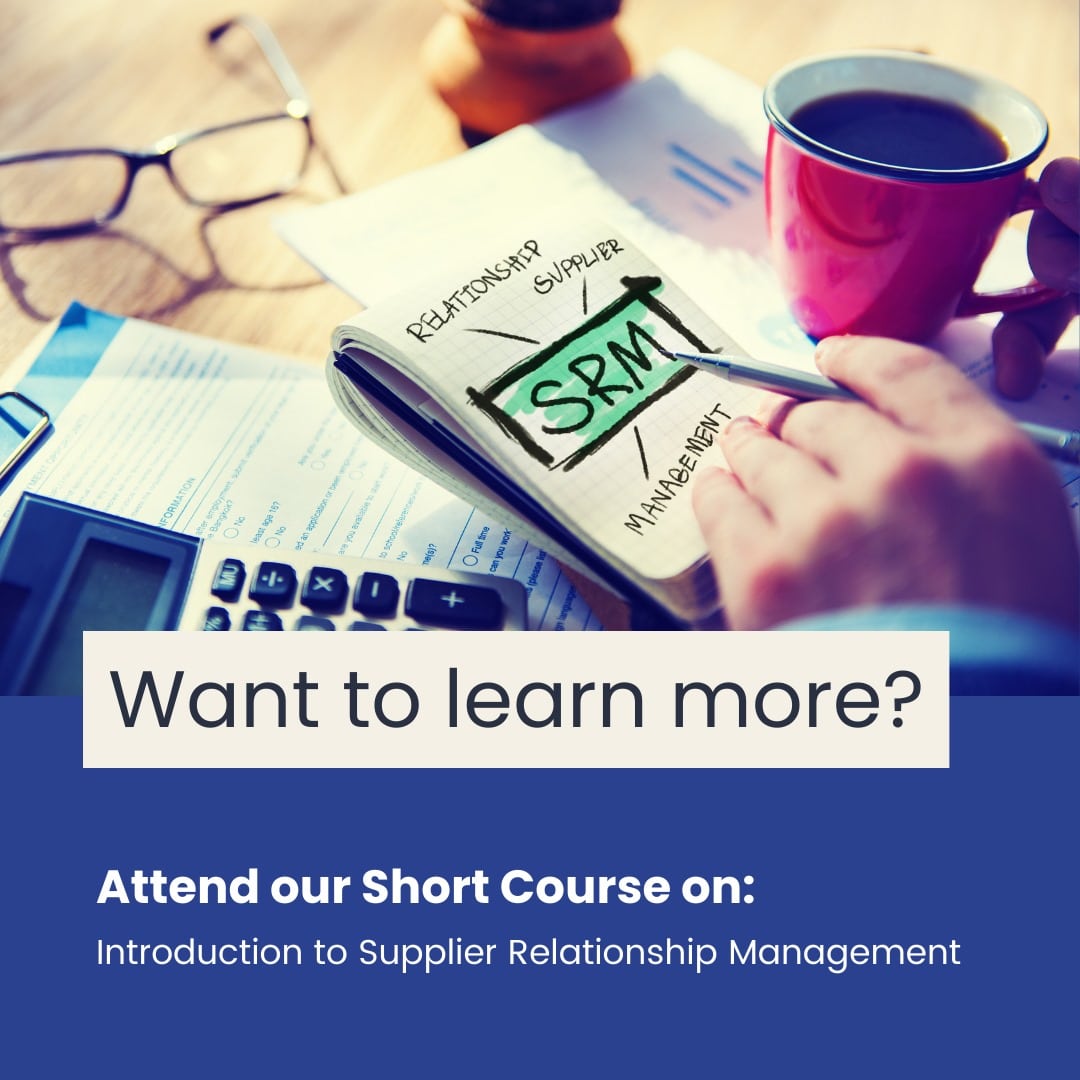Tools & Tips
Creating a Supplier Management Agenda: 10 Tips
 When preparing an agenda for a key supplier meeting, it’s important to ensure that the discussion focuses on critical topics and maximizes the meeting’s effectiveness. Here are some tips for creating an agenda:
When preparing an agenda for a key supplier meeting, it’s important to ensure that the discussion focuses on critical topics and maximizes the meeting’s effectiveness. Here are some tips for creating an agenda:
1. Welcome and introductions: Begin the meeting by welcoming attendees and providing a brief introduction of the purpose of the meeting. Introduce all participants and establish a positive and collaborative atmosphere.
2. Review previous action items: Start by reviewing any action items or topics from previous meetings. Address progress, updates, or resolutions related to these items to ensure continuity and accountability.
3. Business updates: Allow time for the supplier to provide updates on their business activities or any relevant changes that may impact your partnership. This can include updates on their capacity, production capabilities, market trends, or any significant developments.
4. Performance review: Discuss the supplier’s performance against key metrics and agreed-upon targets. Review delivery performance, quality metrics, customer feedback, and any other performance indicators. Address any concerns, commend good performance, and identify areas for improvement.
5. Strategic alignment: Explore strategic alignment opportunities with the supplier. Discuss long-term goals, potential synergies, and ways to collaborate more effectively. Identify opportunities for innovation, cost reduction, process improvement, or joint initiatives.
6. Contract review and negotiation: If applicable, review the existing contract or discuss upcoming contract renewals or negotiations. Identify any necessary amendments, address contractual obligations, and discuss pricing or terms. Set the stage for a constructive and productive negotiation process.
7. Risk management and contingency planning: Discuss risk management strategies and contingency plans. Address potential risks and disruptions to the supply chain. Collaborate on risk mitigation efforts, disaster recovery plans, or business continuity strategies to minimize potential impacts.
8. Continuous improvement initiatives: Explore opportunities for continuous improvement and mutual growth. Discuss areas where both parties can enhance their performance, efficiency, or value proposition. Share ideas, best practices, and lessons learned.
9. Open discussion and Q&A: Provide dedicated time for open discussion and Q&A. Allow both parties to ask questions, seek clarifications, and address any outstanding concerns or issues. Encourage open dialogue, active listening, and constructive feedback.
10. Summary and next steps: Recap the key points discussed during the meeting and ensure alignment on action items, responsibilities, and timelines. Clarify the next steps and follow-up activities to ensure accountability and clear communication moving forward.
Remember to share the agenda with all meeting participants ahead of time to allow them to come prepared and contribute effectively. Flexibility should be maintained to accommodate any unforeseen urgent matters that may arise during the meeting.
Want to learn more? Attend our Effective Tendering and Supplier Management (2 Days), Introduction to Supplier Relationship Management (2 Days), Risk Management in Procurement (1 Day) and Communication Intelligence for Supply Chain Professionals (2 Days) courses.


